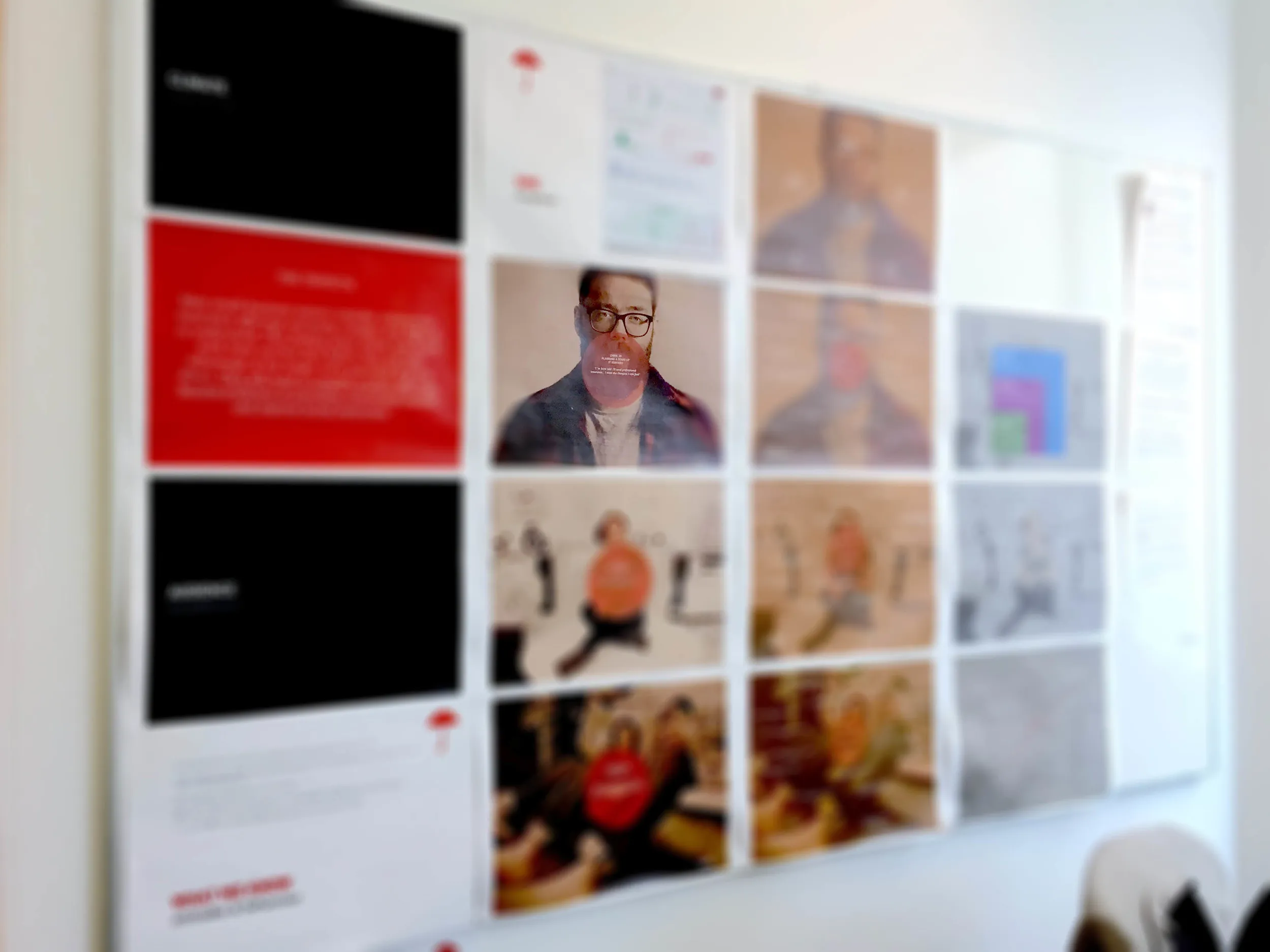Summary
Service Provider
Travelers is a global insurance company with a remarkable heritage; for example, they insured the moon landing.

The brief
Design a "website" that allows Travelers to sell insurance directly to small businesses. Up to this point, they sold insurance via brokers.
What we did
Worked closely with senior stakeholders to design a service, not just a website. We did this by supporting Travelers to challenge itself to co-create a service that leverages customer centricity as a critical component of its value proposition.
Impact
The service launched successfully, and this feedback captures why this project is one of our favourites.











